What is HXTAL NYL-1?
HXTAL NYL-1 is an epoxy adhesive formulated to work with glass.
So what does that mean?
An epoxy is a two-part adhesive consisting of a resin and a hardener (Part A and Part B). HXTAL's mixture ratio is 3:1, so you'll use three parts of the Part A Resin for every part of the Part B Hardener.
It's a simple mixture, making it easy to calculate your mixture amounts.
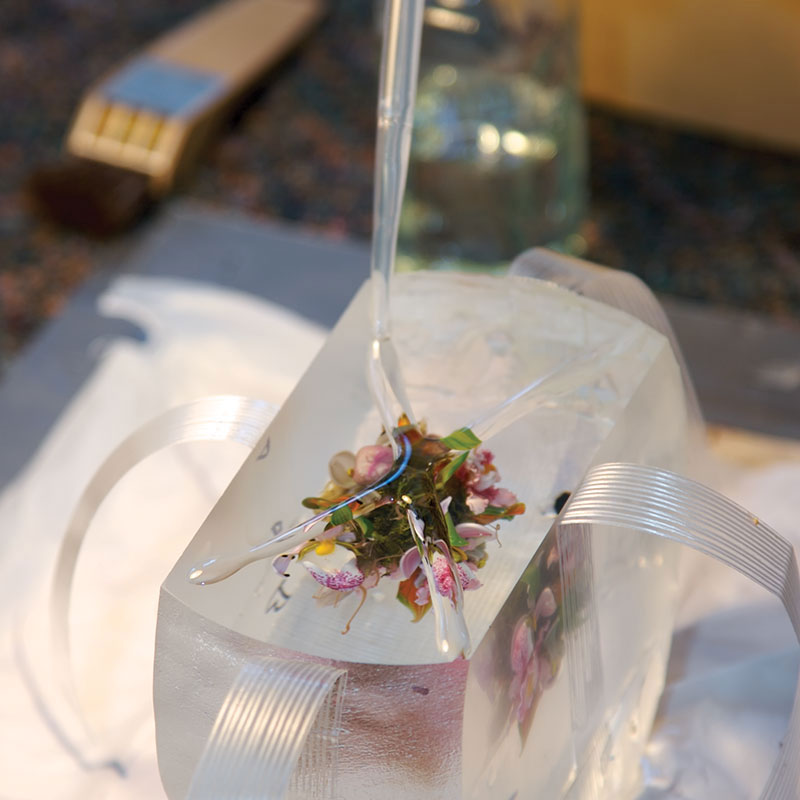

HXTAL has been around for decades, so it has an extremely long track record of reliability in the restoration and glass art industries.
One of its greatest attributes is its versatility.
HXTAL can be used as soon as you mix it, and it will have the viscosity of a thick syrup. You can also warm up the mixed HXTAL, which will thin the viscosity to almost water, making it excellent for crack repair.
Conversely, you can allow the HXTAL to sit for several hours until it thickens enough to fill voids in a piece or even sculpt or mold it.
The only drawback to this versatility is a very long cure time at room temperature. HXTAL has a seven-day cure time for room temperature.
-
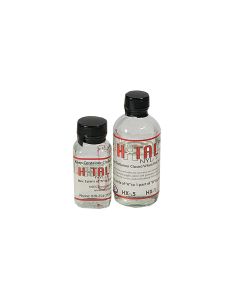 HXTAL NYL-1 Epoxy Adhesive 1/4 Pound KitSpecial Price $40.00 Regular Price $50.00
HXTAL NYL-1 Epoxy Adhesive 1/4 Pound KitSpecial Price $40.00 Regular Price $50.00 -
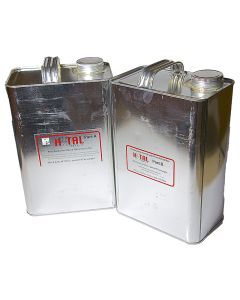 HXTAL NYL-1 Epoxy Adhesive 10 Pound KitSpecial Price $880.00 Regular Price $1,100.00
HXTAL NYL-1 Epoxy Adhesive 10 Pound KitSpecial Price $880.00 Regular Price $1,100.00
How do I use HXTAL?
This is an excellent question; we have some good resources for you.
First and foremost, read the instructions!
It will go a long way toward answering many of your questions on HXTAL and its best-case scenarios.
In our support section, we also have videos and Frequently Asked Questions that cover the more standard uses of HXTAL, including lamination.
The most important thing to remember about HXTAL is to keep as close as possible to the 3:1 mixture ratio. You'll want to do this by weight rather than volume (unless you mix very small quantities).
HXTAL Part A has a different specific gravity from Part B, so mixing by volume in larger amounts can make it difficult to get the correct mixture ratio.
Second, be patient.
The best cure environment is about 68 degrees F (20 degrees C), at about 60% relative humidity, and it should be left for seven days. You can speed up the cure by putting a piece in a warm box at about 98 degrees F (37 degrees C) for about 18 hours, then letting the piece cool down to room temperature for about 20 hours. This will fully cure the HXTAL, but the added heat will slightly amber the resulting cured HXTAL. This is not an issue for thin joints, but where clarity is of the utmost importance, let the HXTAL cure for seven days.
What about A-1100 Amino Silane?
Contrary to popular belief, A-1100 is not a glass cleaner. You need to clean your glass surface with something like Whiting to ensure you get a clean surface to bond to.
A-1100 Amino Silane is an adhesion promoter. It chemically alters the surface of the glass so that the HXTAL bonds more readily to the silicon in the glass, creating a stronger bond joint. It's recommended for larger surface laminations but not necessarily for smaller contact points.
A-1100 comes pre-mixed in a solution of 99% pure Isopropyl Alcohol. It's easy to apply to your glass surface. We also sell a concentrated form of the A-1100 Amino Silane, but this must be mixed with Isopropyl before use.
-
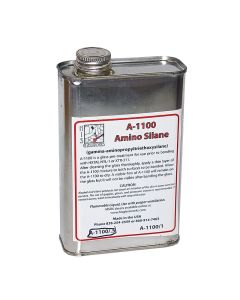 1/2 Liter A-1100 Amino-Silane Solution Adhesive Pre-TreatmentSpecial Price $17.60 Regular Price $22.00
1/2 Liter A-1100 Amino-Silane Solution Adhesive Pre-TreatmentSpecial Price $17.60 Regular Price $22.00 -
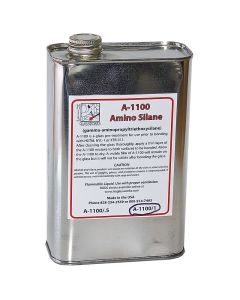 1 Liter A-1100 Amino-Silane Solution Adhesive Pre-TreatmentSpecial Price $26.40 Regular Price $33.00
1 Liter A-1100 Amino-Silane Solution Adhesive Pre-TreatmentSpecial Price $26.40 Regular Price $33.00


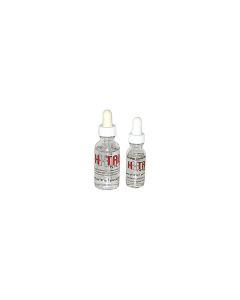
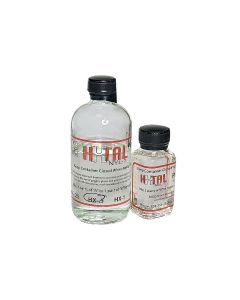
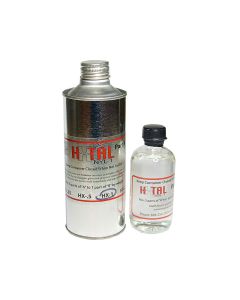
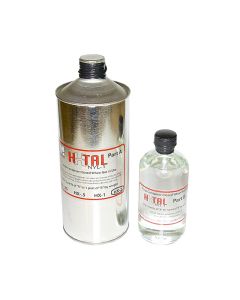
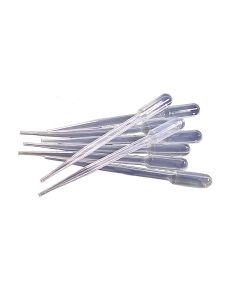
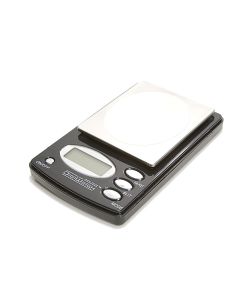
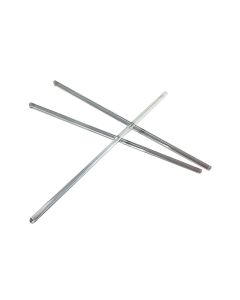
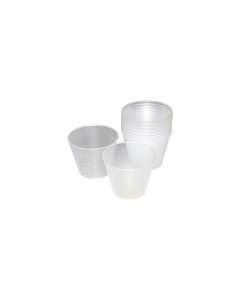
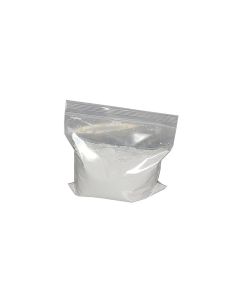
Login and Registration Form